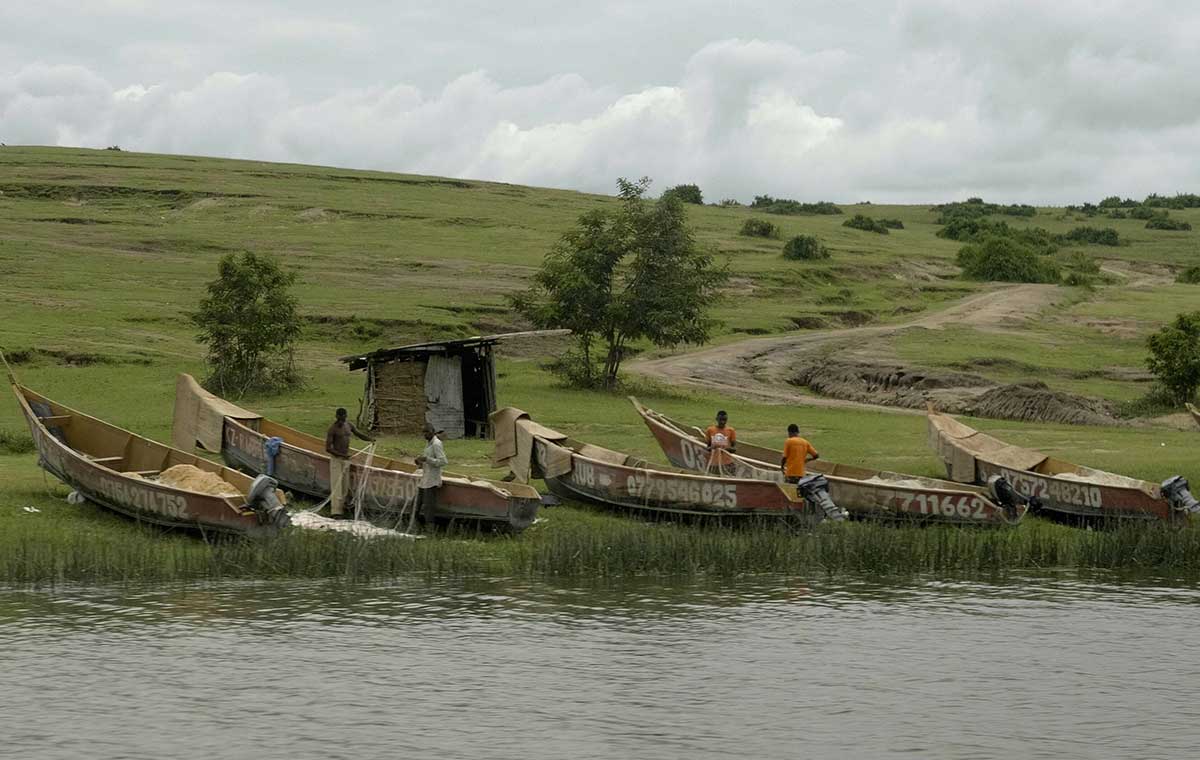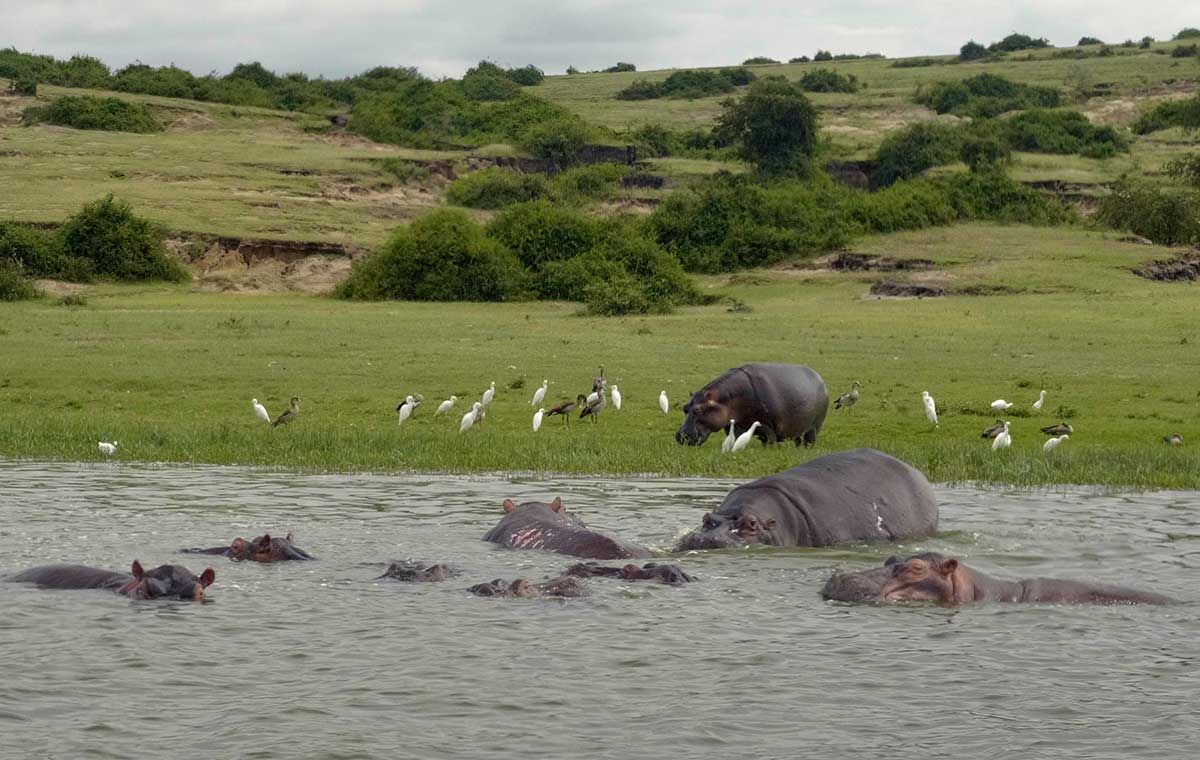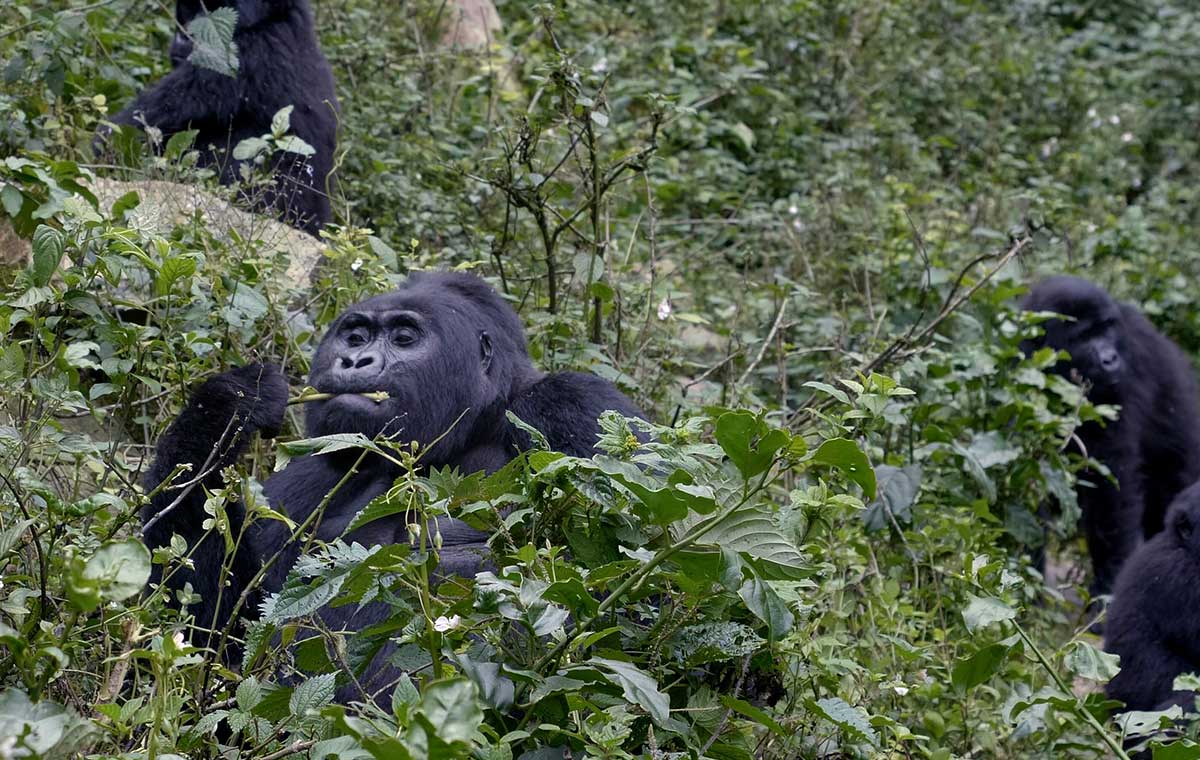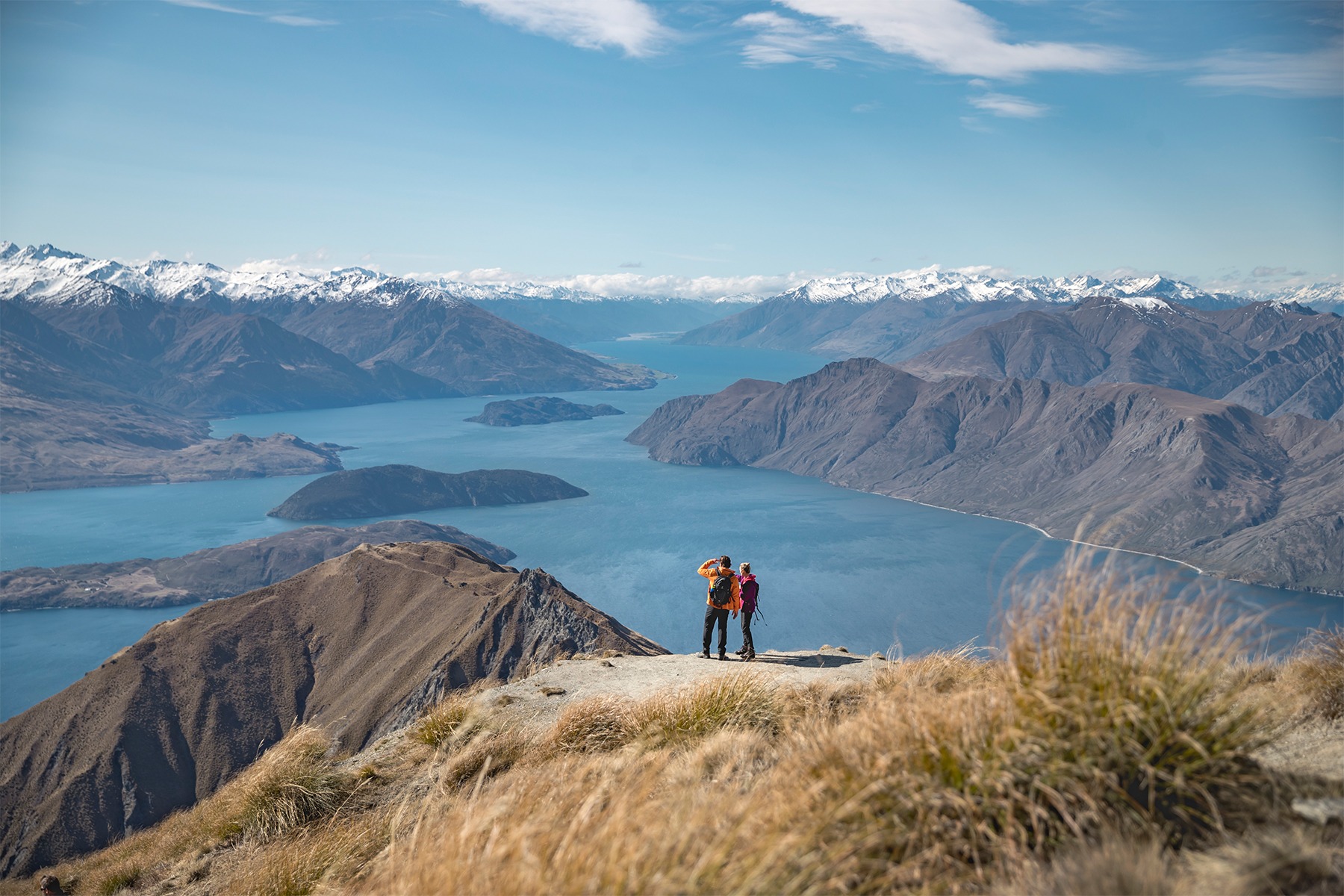
By Aya Ishii
Mountain gorillas were almost the only thing that came to my mind when thinking of Uganda before my seven day trip… I learnt first hand that there are many other reasons to visit this wonderful destination.
The local cultures and peoples we met were as memorable as the wildlife we encountered. The ladies who demonstrated one of their traditions to prepare a local special dish, the dancers who passionately performed their celebratory Kiga dance, the children at the orphanage who welcomed us with their dance and songs in Bwindi community, and the guides who shared their expertise and knowledge of their national treasures.

I will also remember the warm hospitality and friendliness we received throughout the trip. Even a morning call was something to look forward to. I was expecting a quick phone call, but a staff member would come to knock on my door with a freshly brewed local coffee. At one of the lodges we stayed at, instead of the sound of knocking on my door, I was wakened by a singing voice outside my door. It was a very nice touch.
Not only the beautiful local coffees, but also the local dishes prepared with local fresh produce added extra flavours to my time in Uganda. I’ve never tasted more flavourful avocado and pawpaw before. I can’t wait to enjoy Luwombo again, a must try Ugandan dish. A variety of ingredients with a unique mixture of sauce are slow cooked in a banana leaf. The fun part is unwrapping each banana leaf pouch and discovering the different ingredients inside.
The change of scenery is also something special in Uganda. As we travelled further up the country side, after passing through the busy town central with a lot of colourful markets and shops, we started to see lush green mountains, tea fields, crater lakes, and small villages.

On our second day, we had a full day drive from Entebbe to Kibale forest. It was an experience on its own, as it was a great opportunity to enjoy some unique sceneries along the way and see the glimpse of diversity the country has to offer. We ended our day feeling refreshed and energised as we jumped into the pristine water of an extinct volcanic crater lake, Lake Kyaninga.
It felt very surreal to encounter chimpanzees, let alone being in a jungle. I was just getting used to the new surroundings, yet here I was, on the internationally renowned Chimpanzee Safari in Kibale National Park, known to have the highest density of Chimpanzees in the world. Hiking through the evergreen rainforest was already a very special experience but encountering chimpanzees was such an adventure. When our guide pointed up the tree next to us, I looked up quickly and saw two chimps high in that tree, swinging to the next branch freely and then disappearing into the lush green leaves. I thought this was the highlight of the trek. But it was just a little taste to what was to come.

We trekked after the chimps, some of them came down to the ground. They sat down close to our group and started to feed. Observing them we remained very quiet, but my heart was racing as we were fairly close to some of the chimps. Suddenly, they started to call loudly, the sound was so deep, loud and powerful. I could also hear other chimps’ calls in the distance. Within the seconds, they sprang up the tree.
When they were feeding or grooming each other, they looked quite gentle, but they sure can move fast!
The guides and trackers with experience and knowledge of their behaviours can anticipate their movements and kept us at a safe distance by guiding the group through the jungle. All of us had different fitness levels, but we managed to keep up with the pace of trekking and enjoyed the special moments to witness chimps doing their things in their natural habitat. I could imagine the scale and amount of effort that must go into operating this type of tour.
My appreciation grew as the tour went on to those who are involved in making it possible to help and protect the animal’s habitats.
I also got to see a glimpse of the challenges that the conservationists still face today to protect these wild animals. The following morning on our lion tour, one of the senior researchers from the Lion Alliance joined our vehicle and shared his stories while spotting a male lion and a leopard during the tour. Their aim is to address the lion-human wildlife conflict by monitoring data in order to recover the lion population in the park. As much as I could see that some local communities are benefitting and supporting the wildlife, I understood better that more efforts are needed to protect these wild animals.

On the boat safari through Kazinga Channel, we saw a lot of wildlife along the banks. Buffalos, warthogs, crocodiles, hippos and so forth. We were all surprised how close to a small fishing village the hippos were roaming about. The villagers were just getting on their daily business fixing their fishing nets by the water, not far from the hippos grazing. All of us were almost intimidated how close the captain cruised by the hippos in the water. One popped his head out of the water right by the boat, which gave a lot of us a fright, but he wasn’t aggressive, just curious by the look of it. I often notice how some animals act differently depending on the relationships they develop with their surroundings.I felt that those hippos by the banks seemed comfortable in the presence of humans especially the local villagers.

As we continued our journey to the south of Queen Elizabeth National Park, we were very fortunate to encounter a pride of tree climbing lions. Listening to the stories of the researcher, I appreciated the sighting of these special animals even more. We witnessed a special moment when a young lion climbed up the tree to join the large male lion and four other lionesses, during their daily nap time.
The highlight of our itinerary was kept to last. We stayed one night prior to the trekking day at Buhome Lodge, one of the two lodges located within the Bwindi Impenetrable Forest National Park. It was very soothing to be deep within the misty mountains sipping a hot Rooibos tea on the wooden deck balcony overlooking the breathtaking views of the misty forest. Just imagining mountain gorillas are roaming about in that forest in front of me was a very exciting thought. I felt so ready for the trek, as we were thoroughly briefed from the first briefing on our arrival day, to the detailed briefing the night before, with our main guide JP, who escorted us through our seven day itinerary.
The following information helped me to mentally prepare for the day:
- Participants are divided into a group of up to eight people of the same fitness level (without separating travel groups). Each group will be escorted by a Uganda Wildlife Authority guide, trackers, and porters (optional).
- The porters are optional and at an additional cost (approximately USD 15-20 plus optional tip per porter), who can help carry your backpack and assist you through some difficult sections of the trek, as they are from the local community and very used to the conditions.
- Each group will visit a different family and be allowed up to one hour for viewing of the gorillas, as it is important that the gorillas are not overexposed to human presence.
- Avoid staring into the eyes of the gorillas, as it may be perceived as a challenge or a form of threat.
- The gorilla families that tourists are allowed to visit have completed a habituation process, which generally takes three years. It is a training period for wild gorillas to become used to the presence of people.
Detailed information and photos of every habituated gorilla family are also available to all guests.
It was also very helpful that the lodge offers guests some complimentary rental equipment to make the journey more comfortable, including gloves, gaiters, rain poncho, walking sticks and backpack. Given this, we were well informed, and all the logistics and preparation was well organised and out of the way. I felt ready and relaxed, excited for the adventure of a lifetime.
In the morning, as we approached the meeting point just around the corner from the lodge, rhythmic music with energetic drums and singing welcomed us. The local tribal dance was very moving and really set the mood. As we set off, I could feel the trail was going to be more challenging than Kibale National Park, perhaps, because of the higher altitude, denser forest, or wetter soil, but luckily the sky was fairly clear for a rainforest.
Steadily we continued to make our climb, a few hours into the trek, the main guide stopped to radio other trackers to check on whereabouts of the gorilla family. I kept sensing a bit of stress in his voice and hearing him repeatedly saying wapi? which means where in Swahili.
He got off the radio and quickly updated us on the situation. The family we were tracking moved to the other side of the mountain and they could potentially go deeper into the forest. We were at the feeding ground where the family usually hang out, but sadly not that day. He made a decision swiftly to continue trekking through to the other side of the mountain with a hope to catch them in time.
We reached the other side about four hours into the trek, climbed down the mountain where we started to see fields and a village at the foot of the mountain. We then cut across to the canyon, passing between houses with kids waiving at us, we climbed up about another twenty minutes, where the guide asked us to gather around. He quietly explained that the family was feeding just ahead of us and said let’s get ready. We quietly passed our bag and walking stick to our porters, and continued up the steep rocky hill.

I then saw two gorillas in the distance crossing the canyon and moving up onto the hill, where we were heading towards. We stopped and waited as five gorillas were approaching slowly towards us, they found a nice patch to feed on and settled down. Shortly after the silverback appeared from the same direction. He had powerful presence and looked noticeably much larger than the others. He joined the rest and more gorillas appeared afterwards. A female with a little one joined last. In front of us, there were now thirteen gorillas feeding peacefully.
I really had to take this in, as I couldn’t believe my eyes. Some of them moved about, but their movements were gentle and slow. Unlike chimps, we didn’t see them making any sudden movements or loud callings. Some of their eyes were following us out of curiosity. I felt like I could just watch them all day.
All of a sudden, dark clouds started to form, and the guide quietly announced it was time to leave. The guide was very protective of the gorillas as well as our safety, which felt comforting, as I didn’t feel like we were invading their space or impacting on their behaviour. As we were leaving, big drops of rain started to come down, it was such a refreshing way to end our trek, which lasted about five hours.
The guide gave us a quick debrief to wrap up the incredible experience we shared. He thanked us for being there and be a part of the effort to help conserve the mountain gorillas. Until then, I didn’t really look at it that way. Being there as one tourist, I was making a small contribution to this wonderful cause.
Before the trip, I felt the permit was expensive, but now I understand how much efforts goes into protecting these amazing animals and it’s worth every cent. Two ladies in our group had secured their permits over two days to maximise their time in Bwindi as every encounter is unique. The endangered mountain gorillas cannot survive in captivity and need their natural habitat to be fully protected.
The cost of the gorilla permit covers your park entrance, trained guide and trackers, one hour with the gorillas, 24 hour armed park security, but also contributes to gorilla conservation including research, care, park operations and community development.
Taking a trip for yourself is already special on its own, but to also make a contribution to this great cause is even better.
You can see the African holidays we offer here.
If you want to find out more about the destinations in this article, or have any questions in general please contact us.




